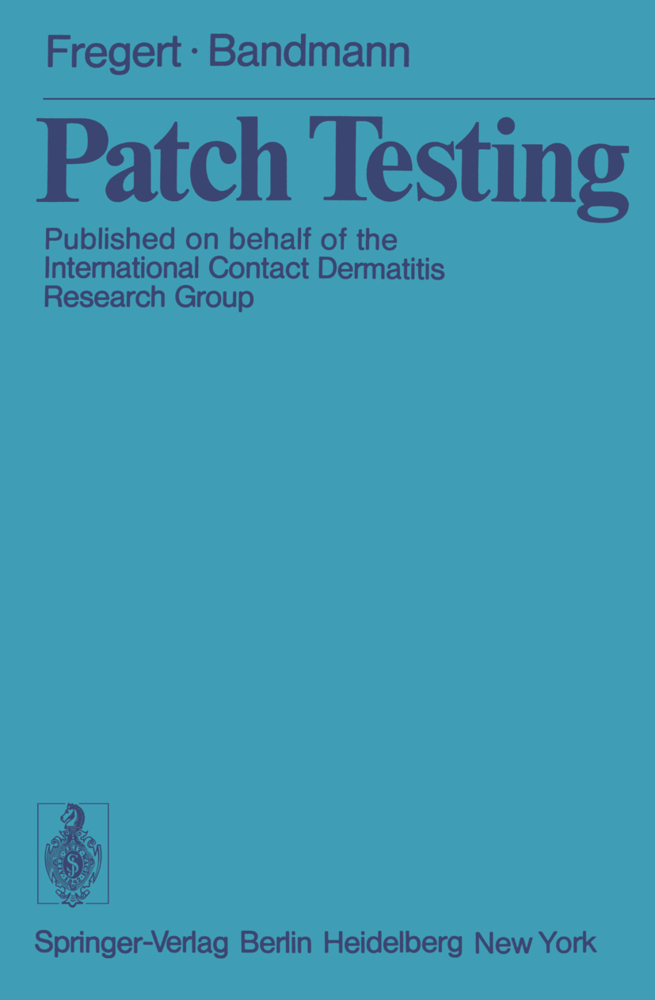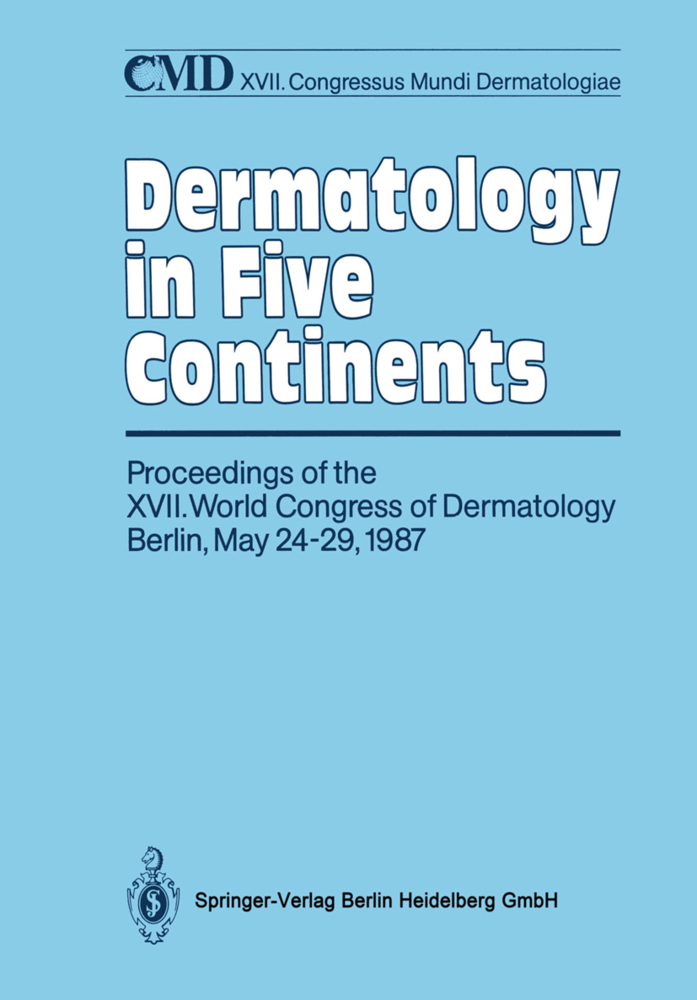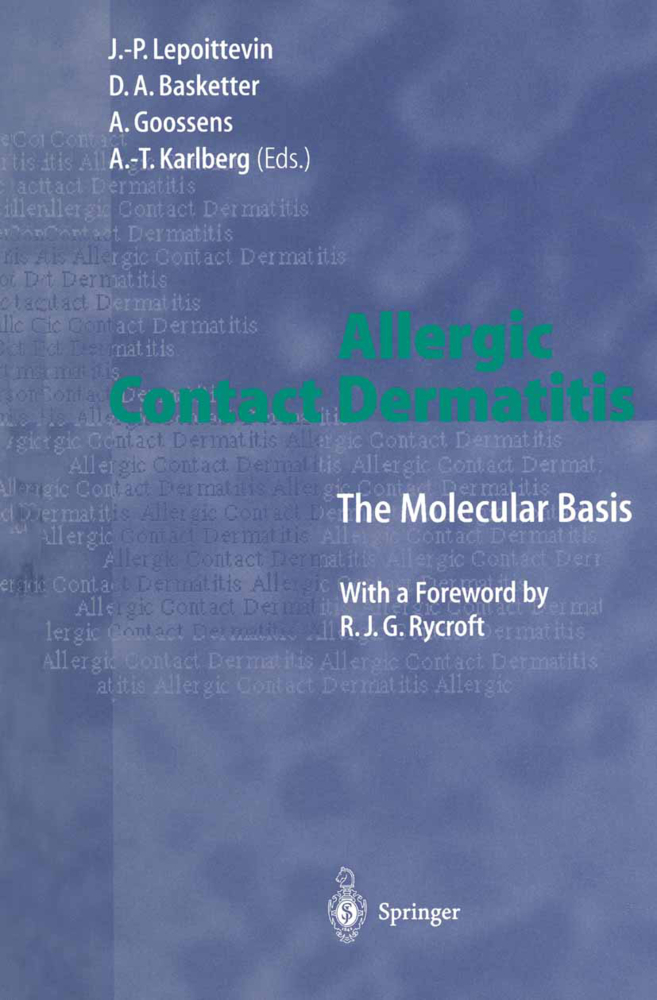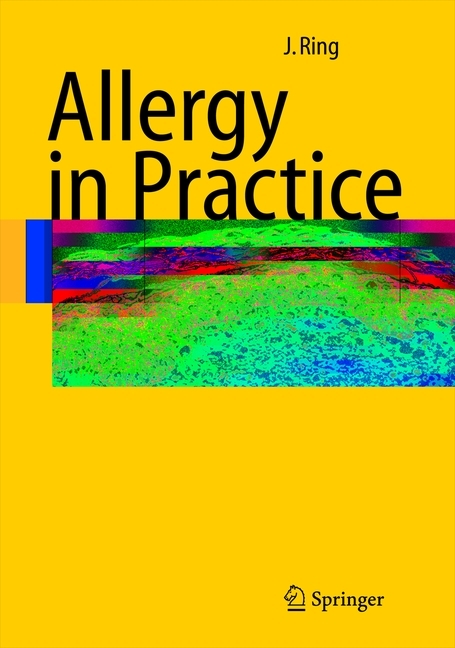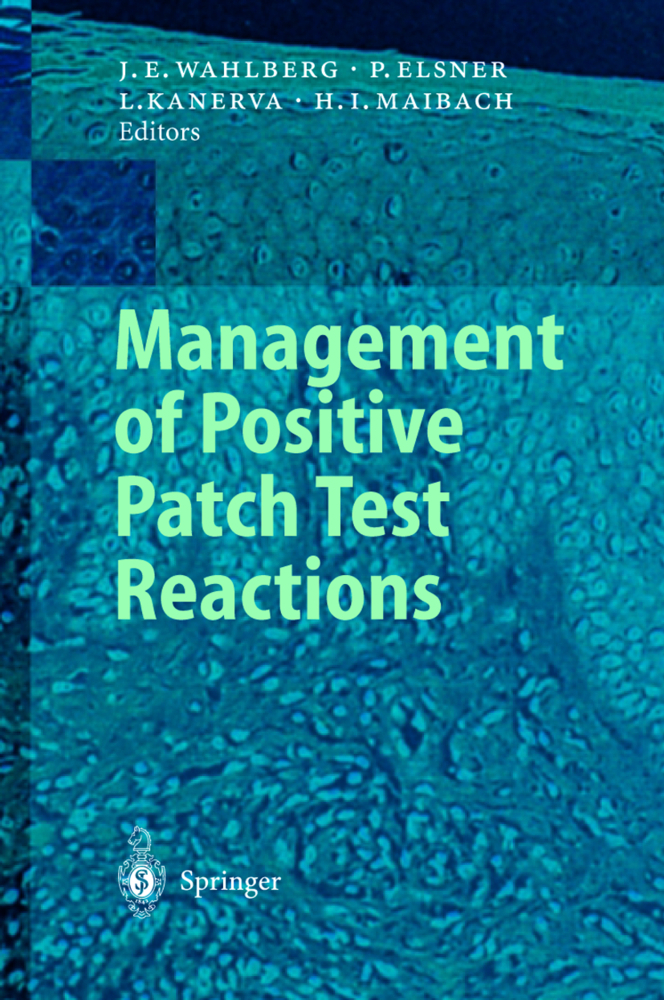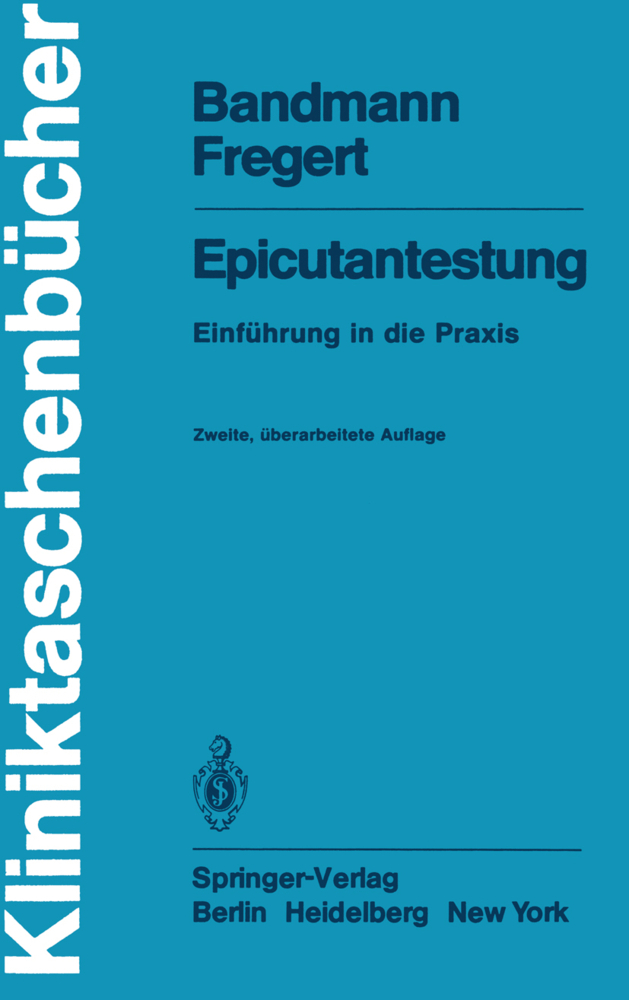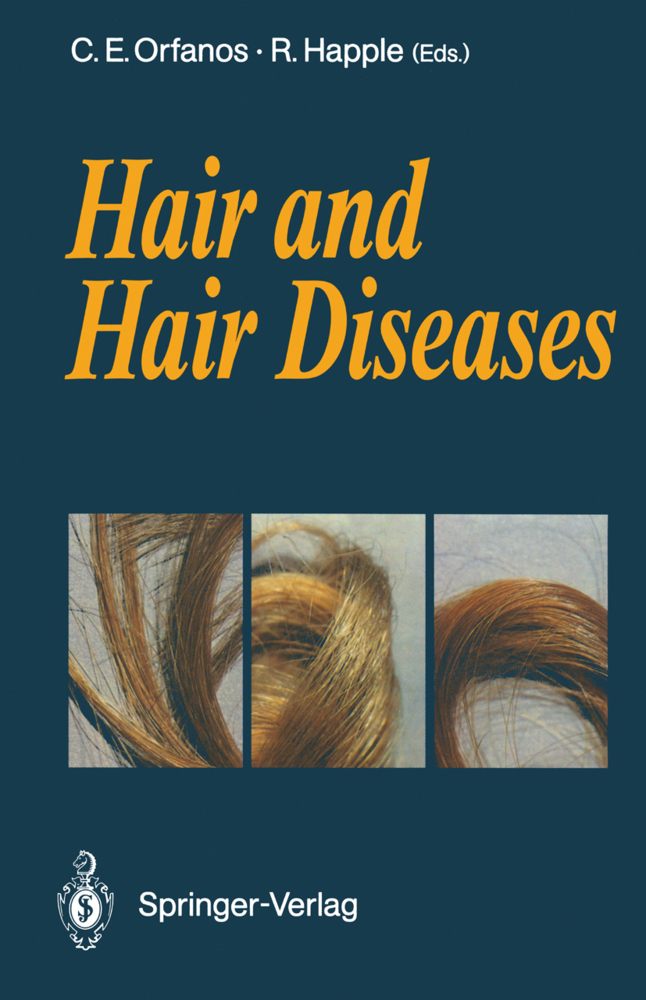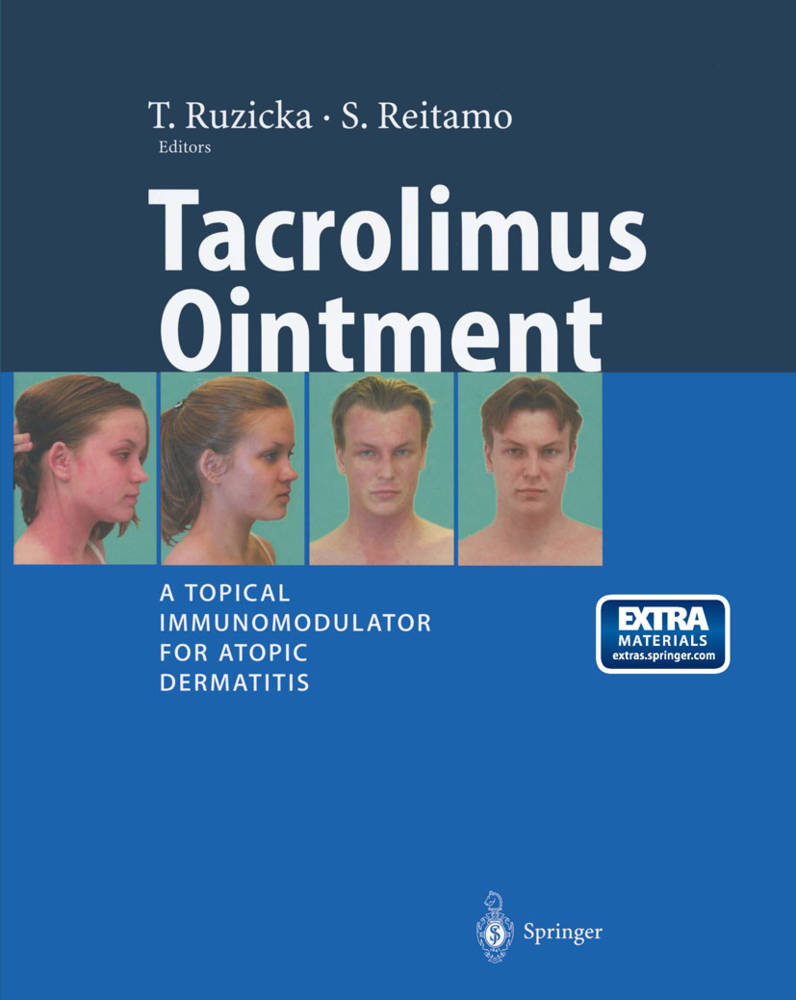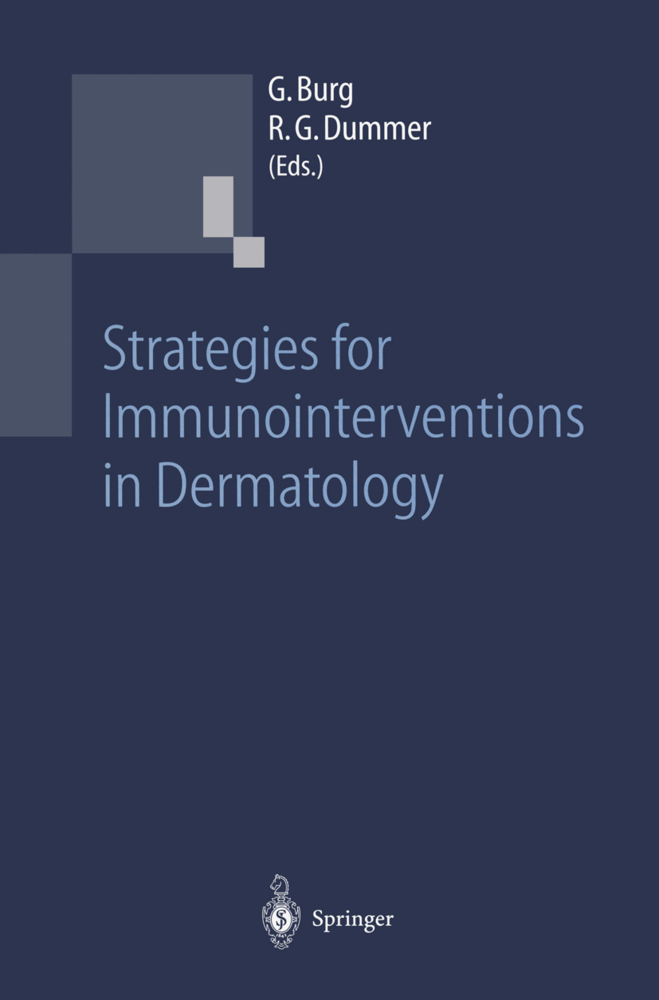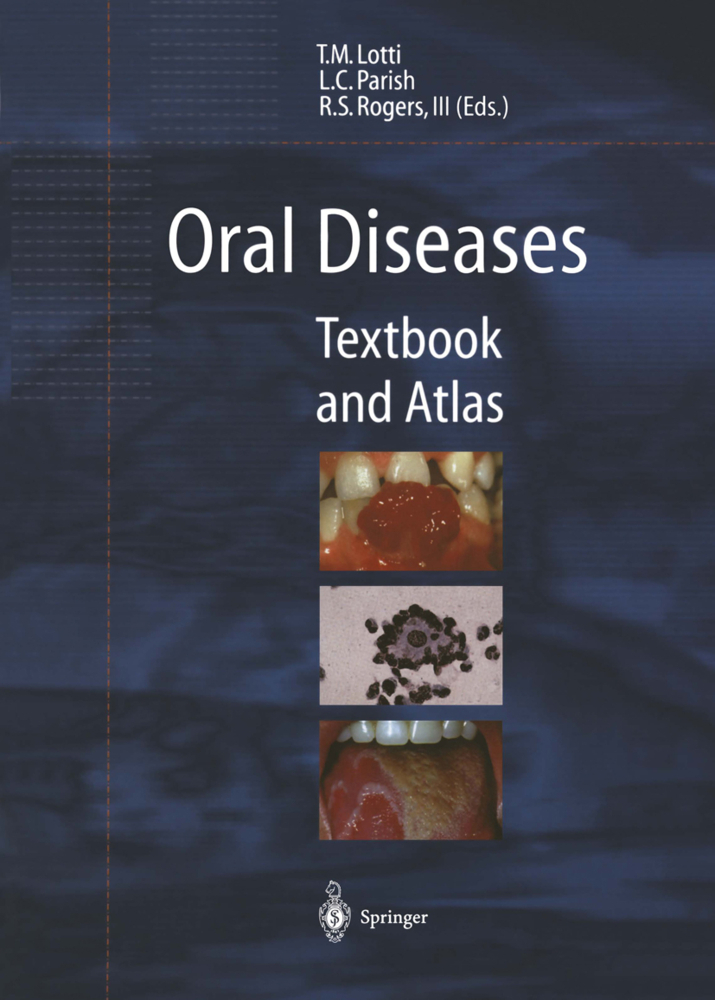Patch Testing
Patch Testing
The patch test (epicutaneous test) and photo patch test are used to clarify the etiology and diagnosis of allergic as well as light-potentiated contact der matitis. The patch test must be correlated with historic data and physical ex amination. Contact dermatitis constitutes a significant proportion (5%-15%) of the dis eases at dermatologic clinics. If the results are to be reliable, patch tests should be performed properly and the technique should not be varied in an arbitrary manner. The examiner should adhere strictly to the standard procedure so as to understand its possibilities and its limitations. Interpretation of the actual patch test reactions places high demands on the experience and skill of the examiner and on his knowledge of chemistry and pharmacology. This monograph is concerned only with the patch test method used to demonstrate the existence of contact allergy and light-potentiated contact allergy. It does not describe the "prophetic patch test" ("predictive patch test"), which is used to demonstrate the sensitizing capacity of a substance. The terminology in the text is that recommended by the International Con tact Dermatitis Research Group. (In this book dermatitis = eczema.) 1.2 Historic Development Joseph Jadassohn devised the epicutaneous test. In 1895 he tested a syphilitic patient who developed a cutaneous eruption after treatment with mercury ointment.
1.2 Historic Development
1.3 Principles of Patch Testing
1.4 Indications
1.5 Contraindications
2. Test Technique
2.1 Principles of the Technique
2.2 Test Substances
2.3 Vehicles
2.4 Storage
2.5 Concentrations
2.6 Selection of Test Substances
2.7 Test Material
2.8 Application of the Test Substance to Patch
2.9 Adhesive Tape
2.10 Application on the Skin
2.11 Skin Marking
2.12 Exposure Time
2.13 Time of Reading
2.14 Advice to the Patient
3. Types of Reactions
3.1 Allergic Reactions
3.2 Late Reactions
3.3 Irritant Reactions
3.4 Irritant Reactions in Children, the Aged, and Atopic Subjects
3.5 Differentiation between Allergic and Irritant Reactions
3.6 Treatment of Test Reactions
3.7 Recording the Reactions
3.8 False-Negative Reactions
3.9 False-Positive Reactions
4. Other Test Methods
4.1 Open Test
4.2 Intracutaneous Test
4.3 Testing on Mucous Membranes
5. Photo Patch Testing
5.1 Principle
5.2 Source of Light
5.3 Technique
5.4 Indications
6. Patch Test Results Used in Clinical Management
6.1 Interpretation of Reactions
6.2 Inexplicable Reactions
6.3 Definite Diagnosis
6.4 Treatment
6.5 Allergy Card
6.6 Prognosis
6.7 Rehabilitation
6.8 Prevention
6.9 Legal Aspects
6.10 Disadvantages of Patch Testing
7. General Aspects of Sensitizers
7.1 A Characterization of Eczematogenic Substances as Test Reagents
7.2 Mixtures of Test Substances
7.3 Cross-Allergy
7.4 Concomitant Allergy
7.5 Standard Tests
8. Special Aspects on Sensitizers
8.1 Chino form and Chlorquinaldol
8.2 Chlorpromazine Promethazine
8.3 Epoxy Resin
8.4 Benzocaine
8.5 Formaldehyde
8.6 Rubber Chemicals
8.7 Chromium
8.8 Cobalt
8.9 Nickel
8.10 Lanolin Alcohols
8.11 Mafenide Sulfatolamide, Sulfamylon
8.12 Neomycin
8.13 Colophony (Rosin)
8.14 Parabens
8.15 Para-Dyes
8.16 Balsam of Peru
8.17 Mercury, Mercury Salts, and Phenyl-Mercury Compounds
8.18 Turpentine
9. Test Substances
10. Flow Chart for Patch Testing
11. Bibliography
12. Index
12.1 General
12.2 Chemicals.
1. General Aspects
1.1 Introduction1.2 Historic Development
1.3 Principles of Patch Testing
1.4 Indications
1.5 Contraindications
2. Test Technique
2.1 Principles of the Technique
2.2 Test Substances
2.3 Vehicles
2.4 Storage
2.5 Concentrations
2.6 Selection of Test Substances
2.7 Test Material
2.8 Application of the Test Substance to Patch
2.9 Adhesive Tape
2.10 Application on the Skin
2.11 Skin Marking
2.12 Exposure Time
2.13 Time of Reading
2.14 Advice to the Patient
3. Types of Reactions
3.1 Allergic Reactions
3.2 Late Reactions
3.3 Irritant Reactions
3.4 Irritant Reactions in Children, the Aged, and Atopic Subjects
3.5 Differentiation between Allergic and Irritant Reactions
3.6 Treatment of Test Reactions
3.7 Recording the Reactions
3.8 False-Negative Reactions
3.9 False-Positive Reactions
4. Other Test Methods
4.1 Open Test
4.2 Intracutaneous Test
4.3 Testing on Mucous Membranes
5. Photo Patch Testing
5.1 Principle
5.2 Source of Light
5.3 Technique
5.4 Indications
6. Patch Test Results Used in Clinical Management
6.1 Interpretation of Reactions
6.2 Inexplicable Reactions
6.3 Definite Diagnosis
6.4 Treatment
6.5 Allergy Card
6.6 Prognosis
6.7 Rehabilitation
6.8 Prevention
6.9 Legal Aspects
6.10 Disadvantages of Patch Testing
7. General Aspects of Sensitizers
7.1 A Characterization of Eczematogenic Substances as Test Reagents
7.2 Mixtures of Test Substances
7.3 Cross-Allergy
7.4 Concomitant Allergy
7.5 Standard Tests
8. Special Aspects on Sensitizers
8.1 Chino form and Chlorquinaldol
8.2 Chlorpromazine Promethazine
8.3 Epoxy Resin
8.4 Benzocaine
8.5 Formaldehyde
8.6 Rubber Chemicals
8.7 Chromium
8.8 Cobalt
8.9 Nickel
8.10 Lanolin Alcohols
8.11 Mafenide Sulfatolamide, Sulfamylon
8.12 Neomycin
8.13 Colophony (Rosin)
8.14 Parabens
8.15 Para-Dyes
8.16 Balsam of Peru
8.17 Mercury, Mercury Salts, and Phenyl-Mercury Compounds
8.18 Turpentine
9. Test Substances
10. Flow Chart for Patch Testing
11. Bibliography
12. Index
12.1 General
12.2 Chemicals.
| ISBN | 978-3-540-07229-4 |
|---|---|
| Artikelnummer | 9783540072294 |
| Medientyp | Buch |
| Copyrightjahr | 1975 |
| Verlag | Springer, Berlin |
| Umfang | VIII, 80 Seiten |
| Abbildungen | VIII, 80 p. 3 illus. |
| Sprache | Englisch |

